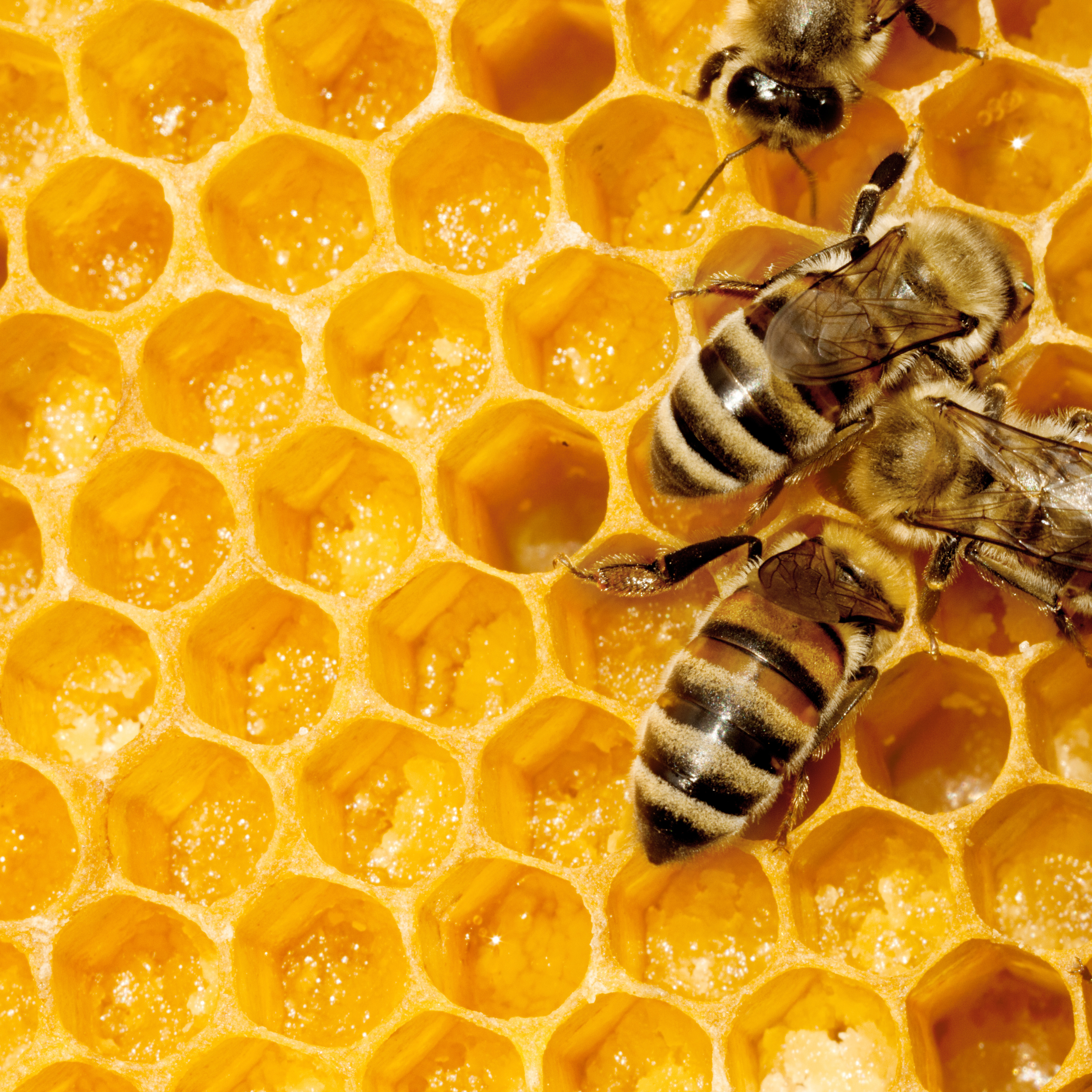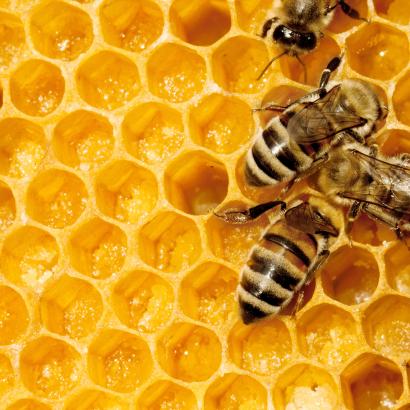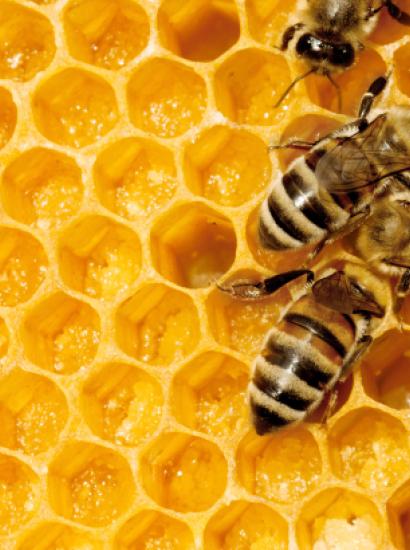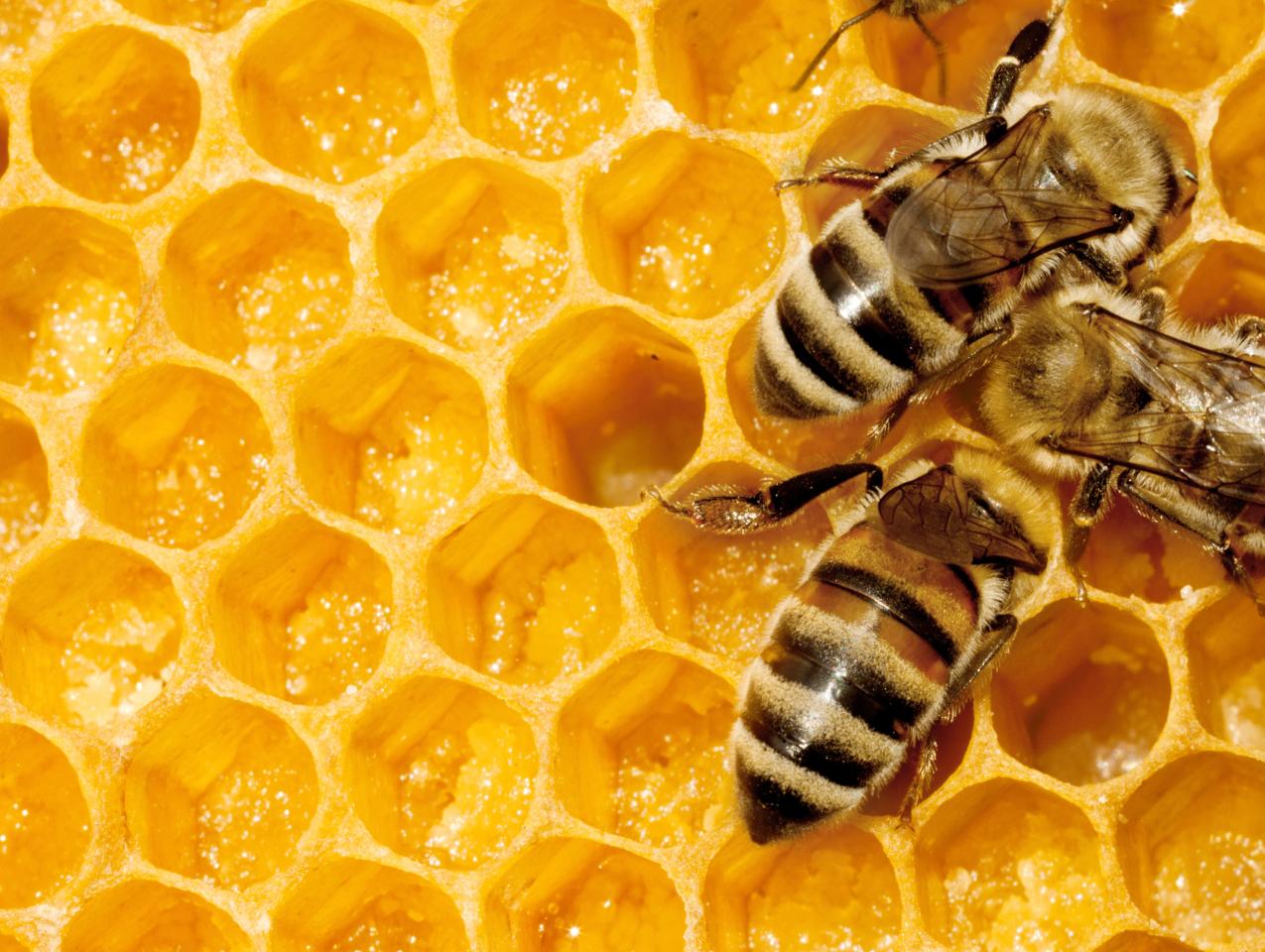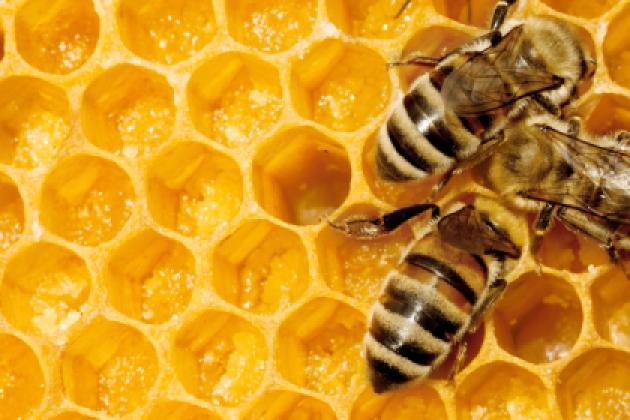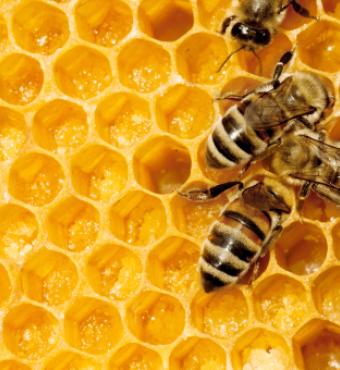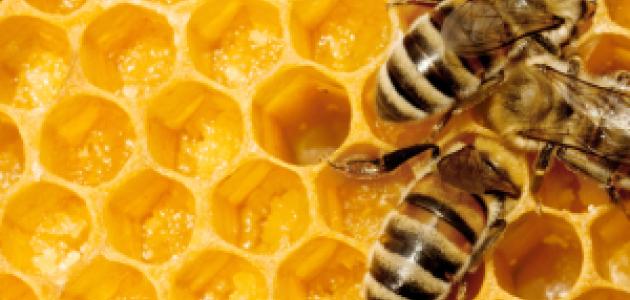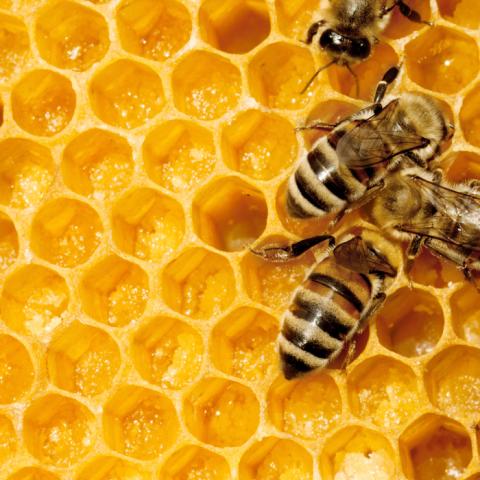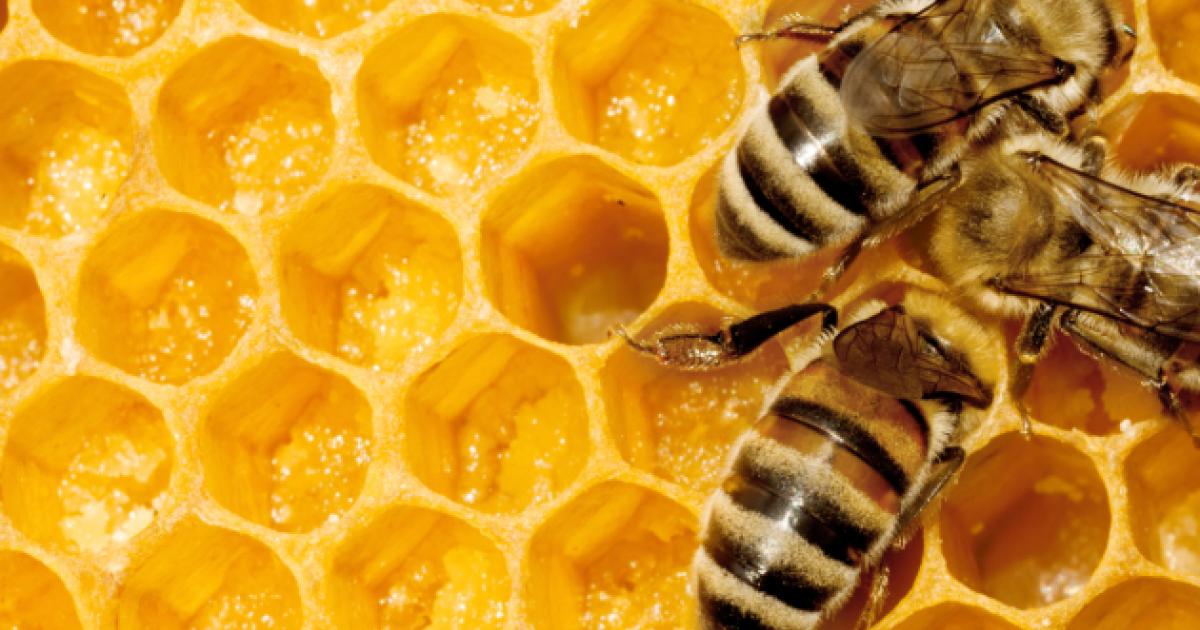- Energy & Environment
On June 20 the White House issued a presidential memorandum creating a Pollinator Health Task Force and ordering the Environmental Protection Agency to "assess the effect of pesticides, including neonicotinoids, on bee and other pollinator health and take action, as appropriate."
Why the fuss over bees? Is the U.S. in the midst of a bee-pocalypse? The science says no. Bee populations in the U.S. and Europe remain at healthy levels for reproduction and the critical pollination of food crops and trees. But during much of the past decade we have seen higher-than-average overwinter bee-colony losses in the Northern Hemisphere, as well as cases of bees abruptly abandoning their hives, a phenomenon known as "colony collapse disorder."
Citing this disorder, antipesticide activists and some voluble beekeepers want to ban the most widely used pesticides in modern agriculture—neonicotinoids ("neonics" for short)—that account for 20% of pesticide sales world-wide. This would have disastrous effects on modern farming and food prices.
What are neonics? Crafted to target pests that destroy crops, while minimizing toxicity to other species, neonics are much safer for humans and other vertebrates than previous pesticides. But citing supposed threats to honeybee populations, the European Union imposed a two-year ban in December 2013, and activists are trying to convince regulators in Canada and the U.S. to follow suit.
Yet there is only circumstantial or flawed experimental evidence of harm to bees by neonics. Often-cited experiments include one conducted by Chensheng Lu of the Harvard School of Public Health that exposed the insects to 30-100 times their usual exposure in the field. That does poison bees, but it doesn't replicate real-world colony collapse disorder, which in any case seems now to be declining. According to University of Maryland entomologist Dennis vanEngelsdorp, no cases have been reported from the field in three years.
The reality is that honeybee populations are not declining. According to U.N. Food and Agriculture Organization statistics, the world's honeybee population rose to 80 million colonies in 2011 from 50 million in 1960. In the U.S. and Europe, honeybee populations have been stable—or slightly rising in the last couple of years—during the two decades since neonics were introduced, U.N. and USDA data show. Statistics Canada reports an increase to 672,000 honeybee colonies in Canada, up from 501,000, over the same two decades.
In February, the Australian government issued a report on bee health from the only continent unaffected by the Varroa destructor mite, a pathogen of bees. It found that, "Australian honeybee populations are not in decline, despite the increased use of [neonicotinoids] in agriculture and horticulture since the mid-1990s."
In April the EU released the first Continent-wide epidemiological study of bee health in Europe, covering 2012-13 (before the EU's neonic ban went into effect). Seventy-five percent of the EU's bee population (located in 11 of the countries surveyed) experienced overwinter losses of 15% a year or less—levels considered normal in the U.S. Only 5% of the EU's bee population (located in six northern countries) experienced losses over 20%, after a long, severe winter.
A ban on neonics would not benefit bees, because they are not the chief source of bee health problems today. Varroa mites are, along with the lethal viruses they vector into bee colonies. If neonics were dangerous, how to explain that in Canada, Saskatchewan's $19 billion canola industry depends on neonics to prevent predation by the ravenous flea beetle—and those neonic-treated canola fields support such thriving honeybee populations that they've been dubbed the "pastures for pollinators."
A neonic ban would, however, devastate North American agriculture and the communities that depend on it. Neonics are the last line of defense for Florida's citrus industry against the Asian citrus psyllid, an insect that spreads a devastating disease of citrus trees called huanglongbing, or HLB. They're also the first line of defense in Texas and California, where HLB is beginning. Without neonic protection, tomatoes in Florida and vegetable crops in Arizona, California and the Pacific Northwest would be imperiled. If whitefly infestations weren't kept in check with neonics, much of the U.S. winter vegetable production would be lost.
Grape-growing in California and the Pacific Northwest could be devastated by the viral scourges of leaf-roll and red blotch without neonic pesticides to control the leafhoppers that spread them. Without neonic protection against thrips in cotton, water weevil in rice and grape colaspis in soybeans, yields in the mid-South could be so damaged that farmers would either go out of business or turn to already abundant crops like corn.
The knock-on effect wouldn't stop there. The production of citrus and tomatoes in Florida and rice and cotton in the mid-South and elsewhere is tied to processing plants, refrigerated warehouses, packing houses, cotton gins, rice mills, and a transportation and shipping infrastructure that supports agriculture. If the crops processed by these support industries were to become economically nonviable without crop protection, rural counties across the southeastern U.S. would be decimated.
All this would be painful for consumers, who would see their food costs rise significantly. And by making farm exports more expensive and less competitive, it would damage the U.S. economy. All reasons to worry about unleashing the EPA in a fight in which activists who have the ear of regulators constantly misrepresent the science.
Dr. Miller, a physician and molecular biologist, is a fellow at Stanford University's Hoover Institution. He was the founding director of the FDA's Office of Biotechnology.







